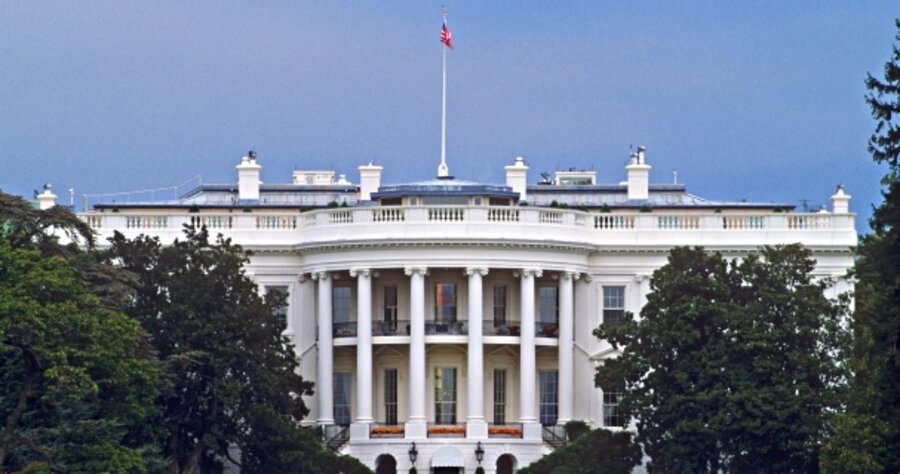Obama plans to 'green' the White House
Loading...
President-elect Barack Obama says that he plans to make the White House more environmentally friendly to set an example for other Americans.
Barbara Walters, who interviewed the president-elect and his wife, Michelle Obama, for an ABC special that aired Wednesday night, asked if Americans should be expected to make any sacrifices in light of the financial crisis. Here's how the exchange went:
Barbara Walters: Are there sacrifices that Americans as individuals can do?
Barack Obama: Yes. The first thing, I think, is for the American people to draw on that reservoir of confidence and stick-to-it-ness and perseverance that my grandparents had during much tougher times during the Great Depression. The second thing: Each of us have a role to play in not being wasteful when it comes to energy. For us to turn off the lights when we leave the house, to make sure that we're unplugging the chargers that we use on our cell phones.
Walters: You talk about light bulbs and so forth. When you're in the White House, are you going to green the White House? Are you going to turn off the light bulbs, tell the kids to turn the - you know?
Obama: Absolutely. One of the things I want to do is, is to – I've already met the chief usher there, a wonderful man, a former Admiral of the Coast Guard, and one of the things I want to do is to sit down with him and, let's do an evaluation. How are we using energy in the White House? Part of what I want to do is to show the American people that it's not that hard.
Walters: Are you going to tiptoe around at night and turn out the lights?
Obama: Well, you know, I'm not going to be obsessive about it. But I do that in my current house. So there's no reason why I wouldn't do it in my next one.
The most notable instance of a presidential attempt to reduce the 132-room building's energy use occurred in June 1979, when President Jimmy Carter had a $28,000 solar water heater installed on the roof of the West Wing. The panels lasted seven years, until Ronald Reagan, in an act seen by many as a synechdoche for President Reagan's renewable energy policies, had them taken down during roof repairs and mothballed in a Virginia warehouse.
But other presidents have picked up where Carter left off. On Earth Day, 1993, President Bill Clinton announced a plan for a comprehensive energy audit of the 200-year old building. Like Carter, President Clinton hoped to set an example:
"For as long as I live in the White House, I want Americans to see it not only as a symbol of clean government, but also a clean environment. We're going to identify what it takes to make the White House a model for efficiency and waste reduction, and then we're going to get the job done. . . Before I can ask you to do the best you can in your house, I ought to make sure I'm doing the best I can in my house."
This quotation is from the Greening the White House report [PDF] that Clinton commissioned. The report, which was prepared by the Rocky Mountain Institute, a sustainability think tank identified a number of improvements – from modifying skylights to provide more natural light to upgrading the HVAC systems to installing more efficient windows – that could reduce the building's resource consumption by 50 percent, all without disturbing the Clintons or their cat, Socks.
It's not clear how many of these upgrades were actually implemented under Clinton, but President Bush continued with his predecessor's initiative.
In 2002, a grid of 167 solar photovoltaic panels were installed on the roof, as well as a solar water-heating system designed on the same principles as the one Carter had installed. In 2007, an NBC reporter noted that the White House featured energy efficient lighting, low-flush toilets, smart lawn sprinklers, improved insulation, and fuel-efficient minivans.
The White House has often served as a showcase for innovations that subsequently became widespread. Examples include an indoor water closet installed by Thomas Jefferson, a central heating system installed by Martin van Buren, electric lights installed by Benjamin Harrison, and an elevator installed by Chester A. Arthur.





